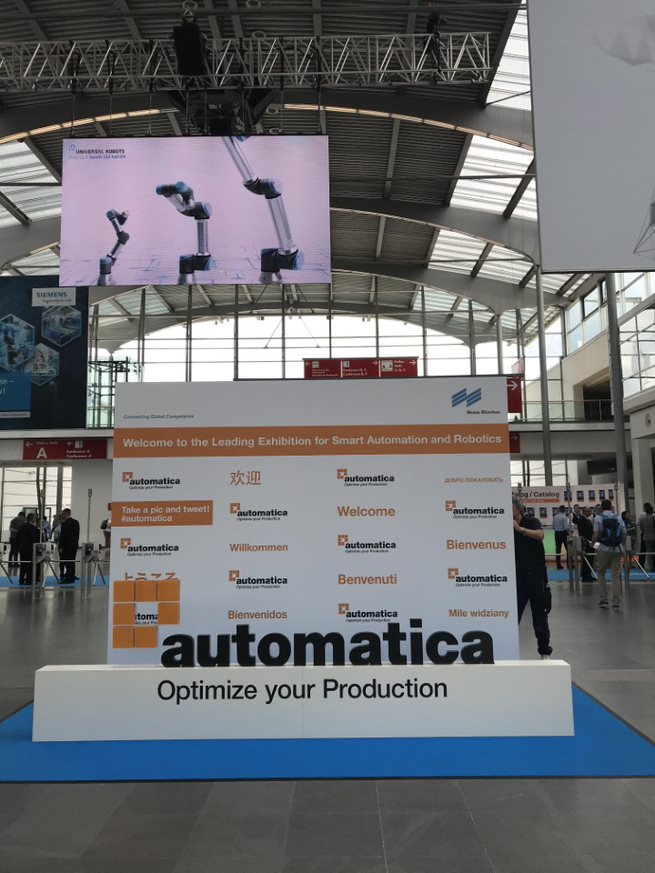

At the automatica 2018 trade show in Munich, Germany, the OPC UA machine vision and robotics working groups released the first versions of their companion specifications. The VDMA (German Mechanical Engineering Industry Association) recognized the potential of OPC UA at an early stage and promoted the standardization of data and interfaces of devices and machines with its members. 
“Interoperability is the key for distinguishing our products in a connected world of Industrie 4.0. OPC UA is the designated standard to make machines talk the same language in the smart factory of the future.”, Dr. Horst Heinol-Heikkinen, Chairman of the VDMA OPC Vision Initiative concluded.
OPC UA Robotics
The OPC UA Companion Specification for Robotics (in short OPC UA Robotics) provides a standardized information model able to present all robot related data regardless of manufacturer or location in a uniform manner. Part 1 is released as draft version permits asset management, condition monitoring, preventive maintenance and vertical integration – at anytime, anywhere in the world and independent of the robot brand or type.
OPC UA Vision
The OPC UA Companion Specification for Machine Vision (in short OPC UA Vision) provides a generic model for all machine vision systems - from simple vision sensors to complex inspection systems. Part 1 is published as release candidate version describes the infrastructure layer which is an abstraction of the generic machine vision system. It allows the control of a machine vision system in a generalized way, abstracting the necessary behavior via a state machine concept. It handles the management of recipes, configurations and results in a standardized way, whereas the contents stay vendor-specific and are treated as black boxes.
Fabian Wanke, Analyst at ARC Advisory group commented: “In a minimum of time, VDMA and OPC UA managed to create the first companion stacks for machine vision and robotics. The participating companies showed what is possible if all parties cooperate. Other industries and areas of the VDMA should follow this example. Today, more than ever, collaboration and cooperation is needed to manage the enormous workload that is still ahead of us to achieve the realization of Industrie 4.0/IIoT in a reasonable time-frame.”

